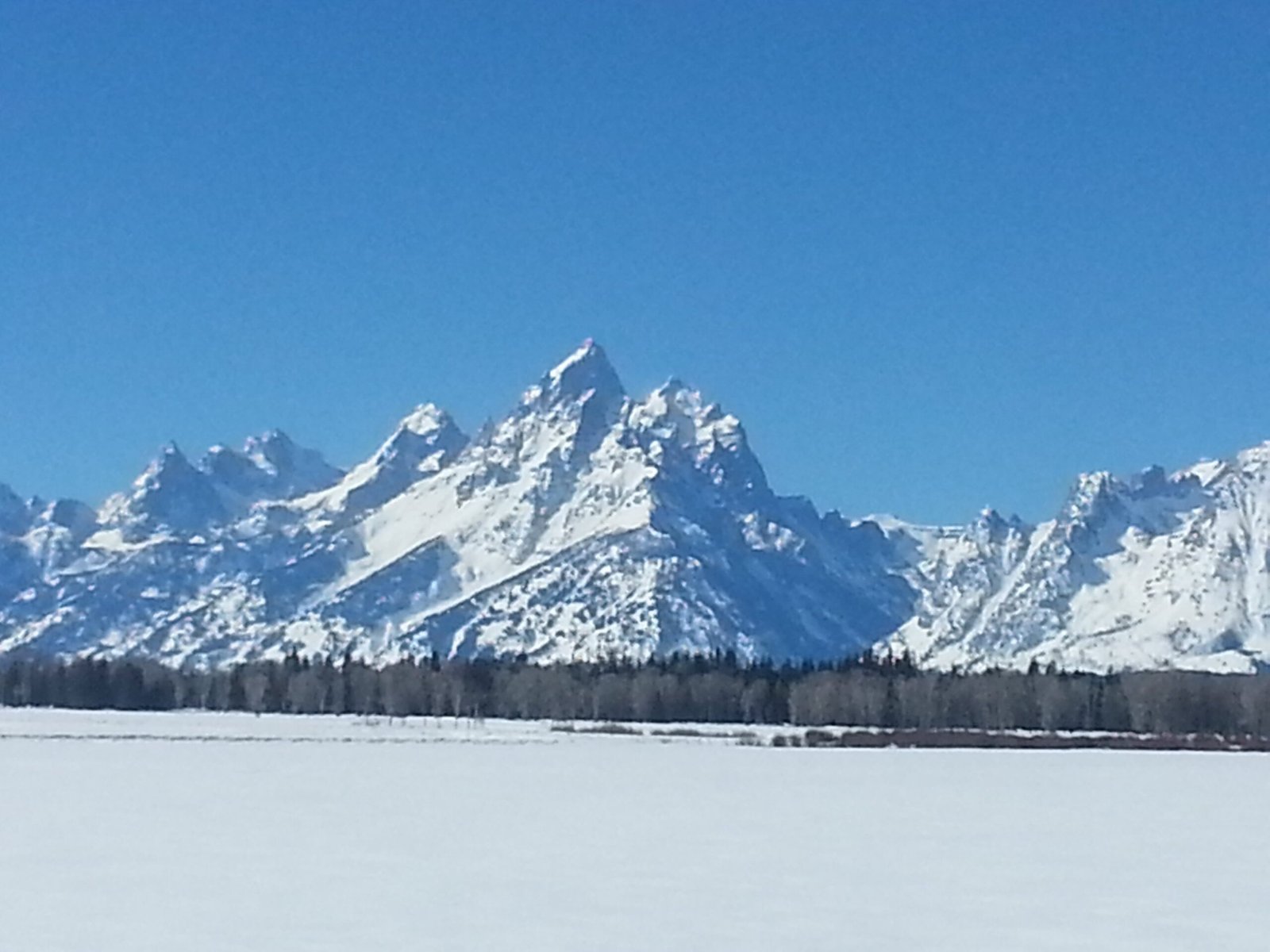The Grand Traverse in Grand Teton National Park represents an extraordinary free solo challenge where climbers navigate multiple alpine peaks without ropes or protective gear, confronting vertical granite walls, exposed ridgelines, and technical climbing sections that demand absolute precision, unparalleled mental strength, and mastery of high-altitude mountaineering techniques.
What Makes the Grand Traverse a Legendary Free Solo Route?

Free soloing the Grand Traverse is not merely a climbing expedition but an ultimate test of human capability against nature’s most unforgiving terrain. This epic alpine journey spans multiple peaks within Grand Teton National Park, challenging climbers with complex route-finding, technical rock sections, and extreme exposure.
What Technical Skills Are Required?
Free solo climbers attempting the Grand Traverse must possess:
- Advanced rock climbing techniques
- Exceptional route-finding abilities
- High-level mental composure
- Extensive alpine climbing experience
| Skill Category | Required Proficiency Level |
|---|---|
| Technical Climbing | Expert |
| Route Navigation | Advanced |
| Mental Resilience | Exceptional |
| Physical Conditioning | Elite |
How Dangerous Is Free Soloing the Grand Traverse?
The danger level of free soloing the Grand Traverse is extreme. Climbers face multiple life-threatening risks:
- No Margin for Error
- Single mistake can result in fatal fall
- No protective equipment available
-
Complete self-reliance required
-
Environmental Challenges
- Unpredictable mountain weather
- Potential rock instability
- High-altitude physiological stress
What Are the Primary Climbing Routes?
Owen-Spalding Route
- Difficulty: 5.4 technical grade
- Key Features:
- Narrow ledge traverses
- Exposed rock sections
- Fixed piton crux points
Exum Ridge Route
- Difficulty: 5.5 technical grade
- Distinctive Elements:
- Wall Street pitch
- Golden Stair section
- Wind Tunnel traverse
When Is the Best Time for Free Solo Attempt?
Optimal climbing window exists between mid-July and mid-August, characterized by:
– Stable weather conditions
– Minimal precipitation
– Consistent daytime temperatures
– Clear alpine visibility
What Preparation Is Essential?
Successful free solo attempts demand:
– Comprehensive physical training
– Extensive local mountain knowledge
– Psychological preparation
– Detailed route reconnaissance
– Emergency communication plan
What Are the Psychological Demands?
Free soloing the Grand Traverse requires extraordinary mental attributes:
– Absolute focus
– Emotional control
– Risk assessment capabilities
– Instantaneous decision-making skills
Conclusion

Free soloing the Grand Traverse represents the pinnacle of alpine climbing—a supreme test of human potential where climbers dance with mortality across Grand Teton’s magnificent granite canvas.

